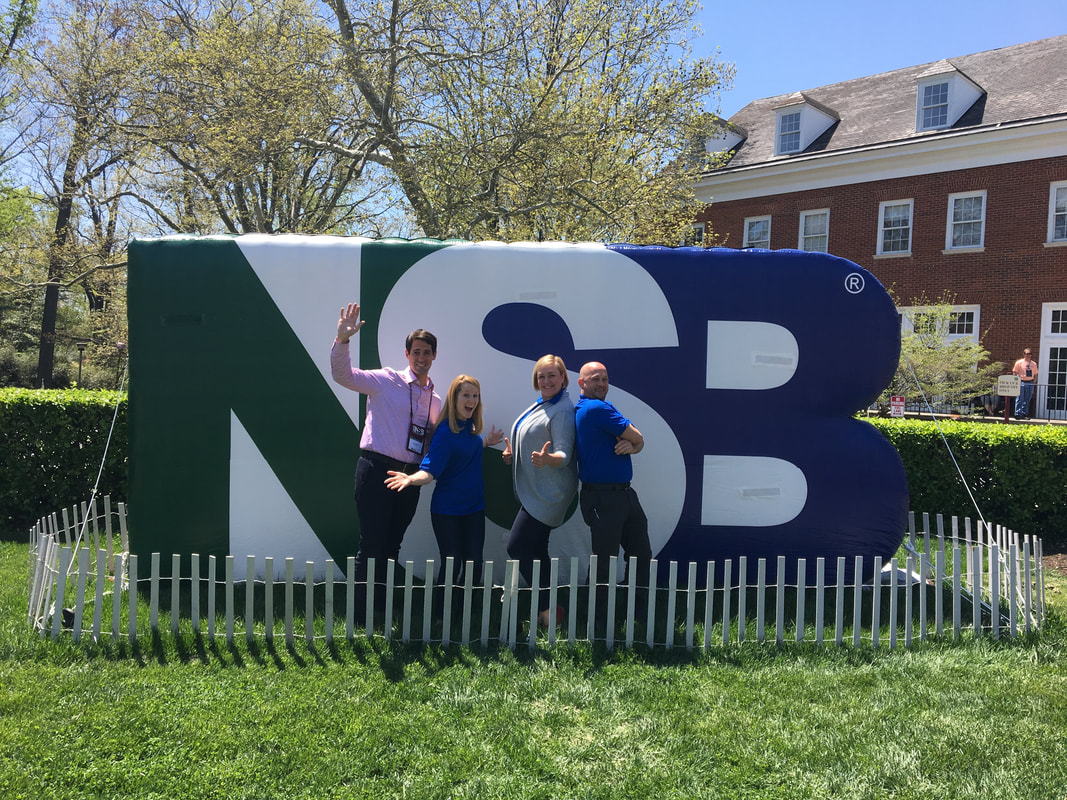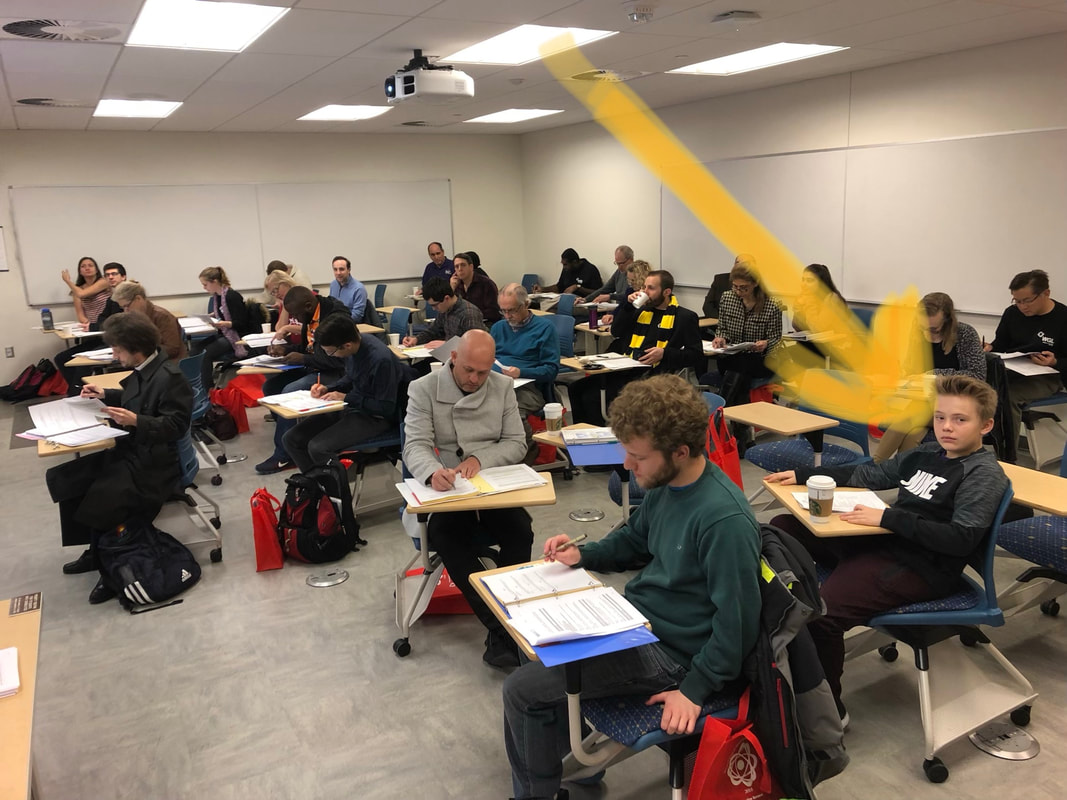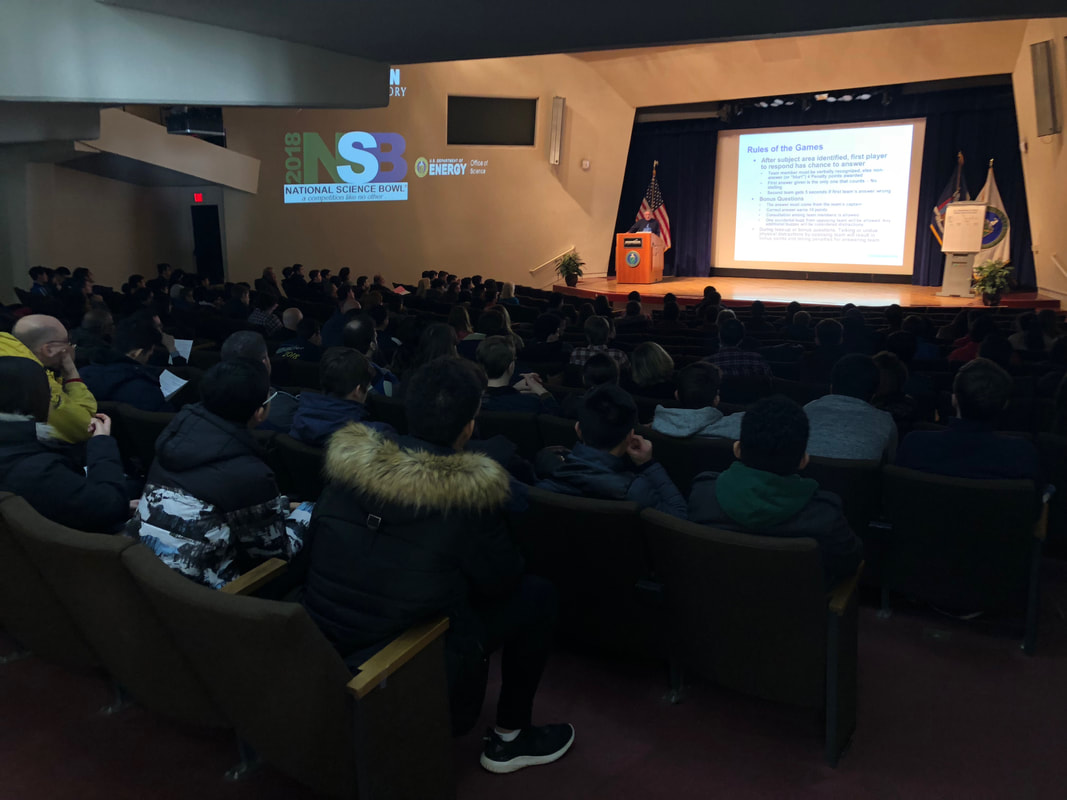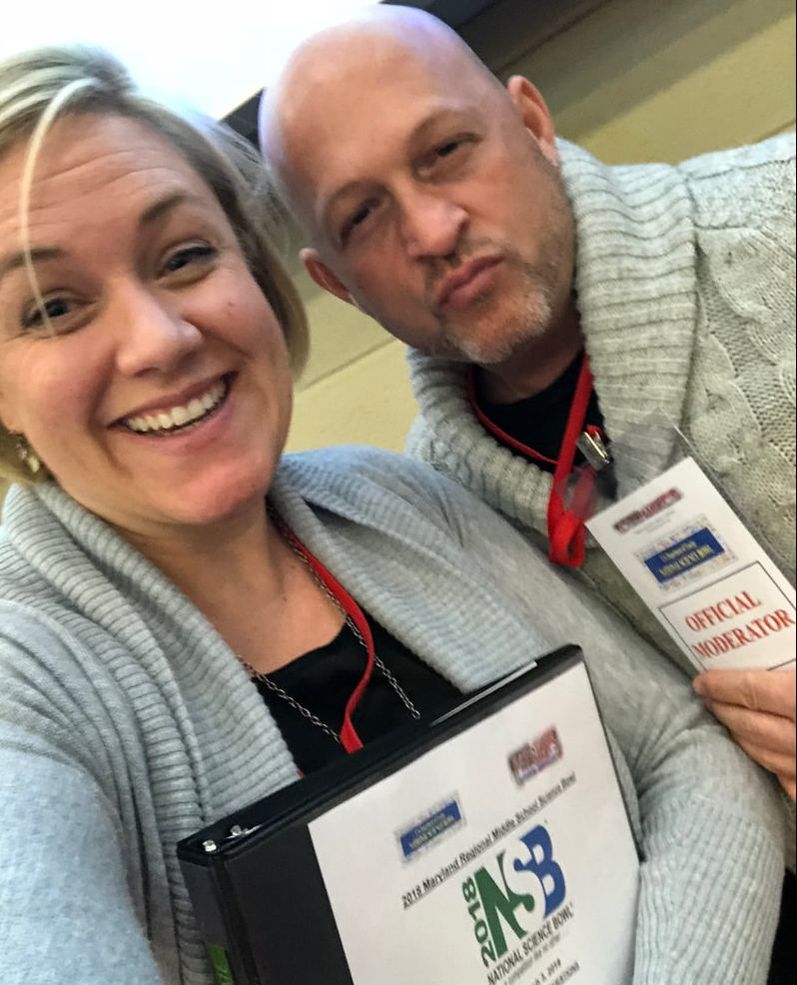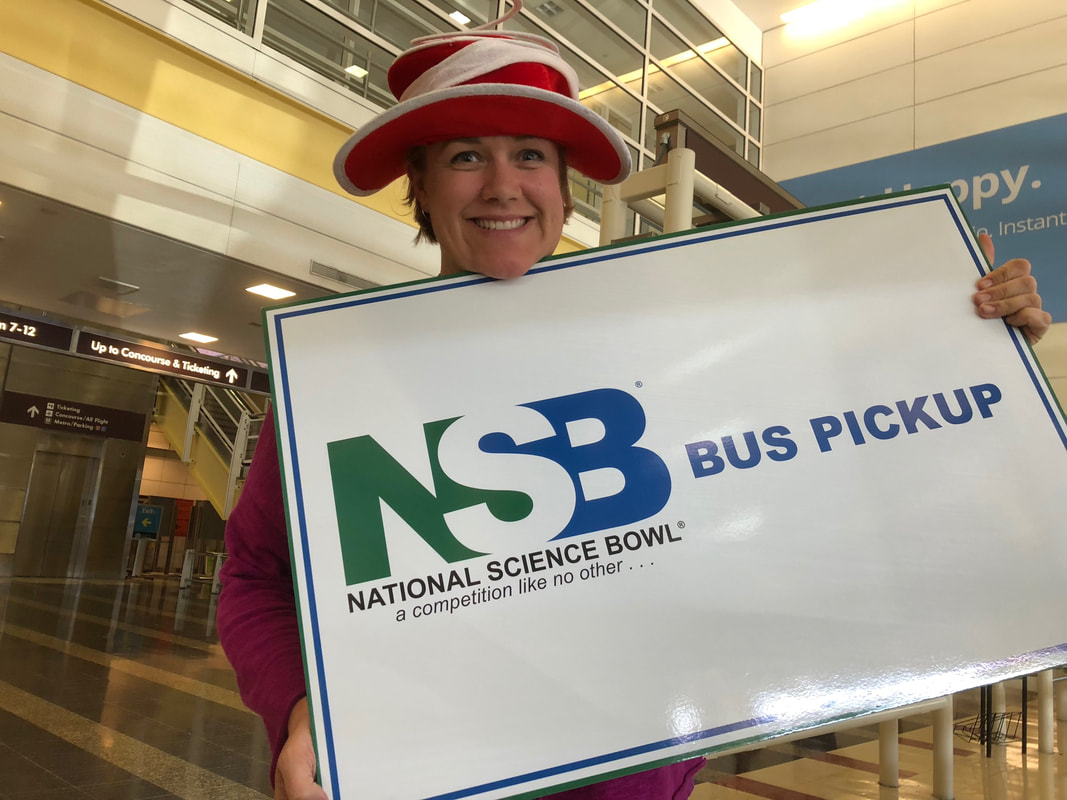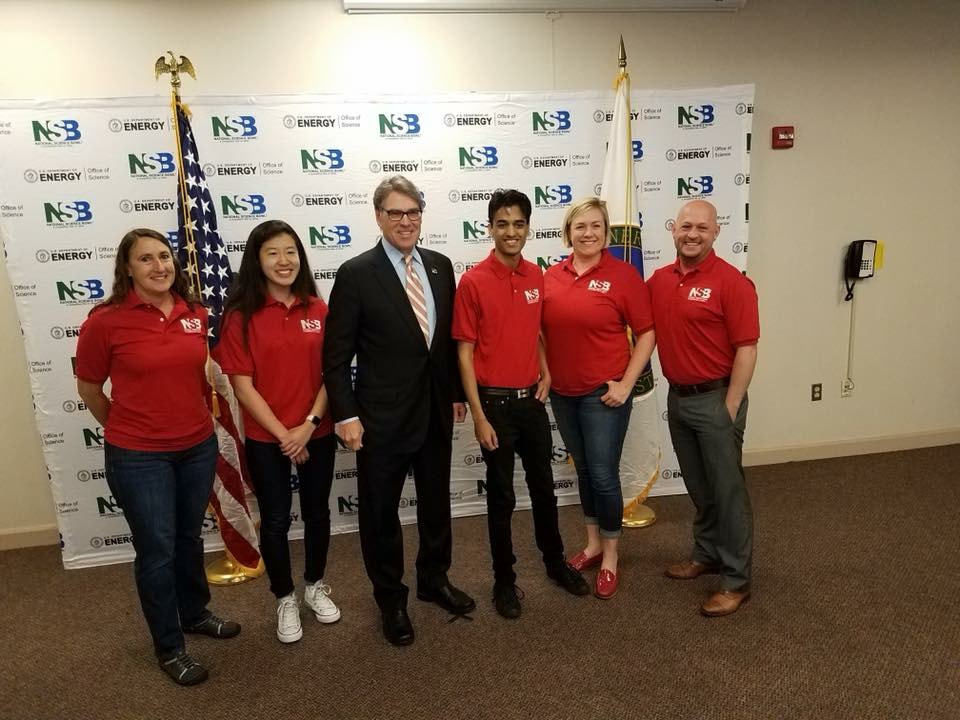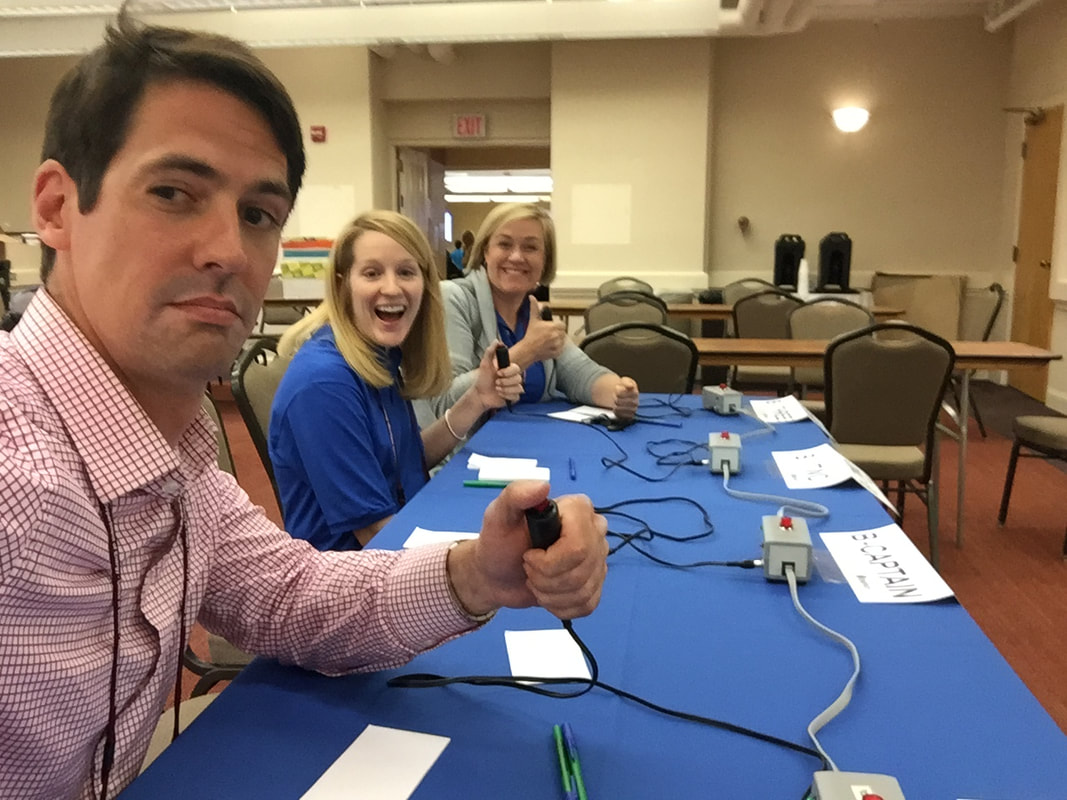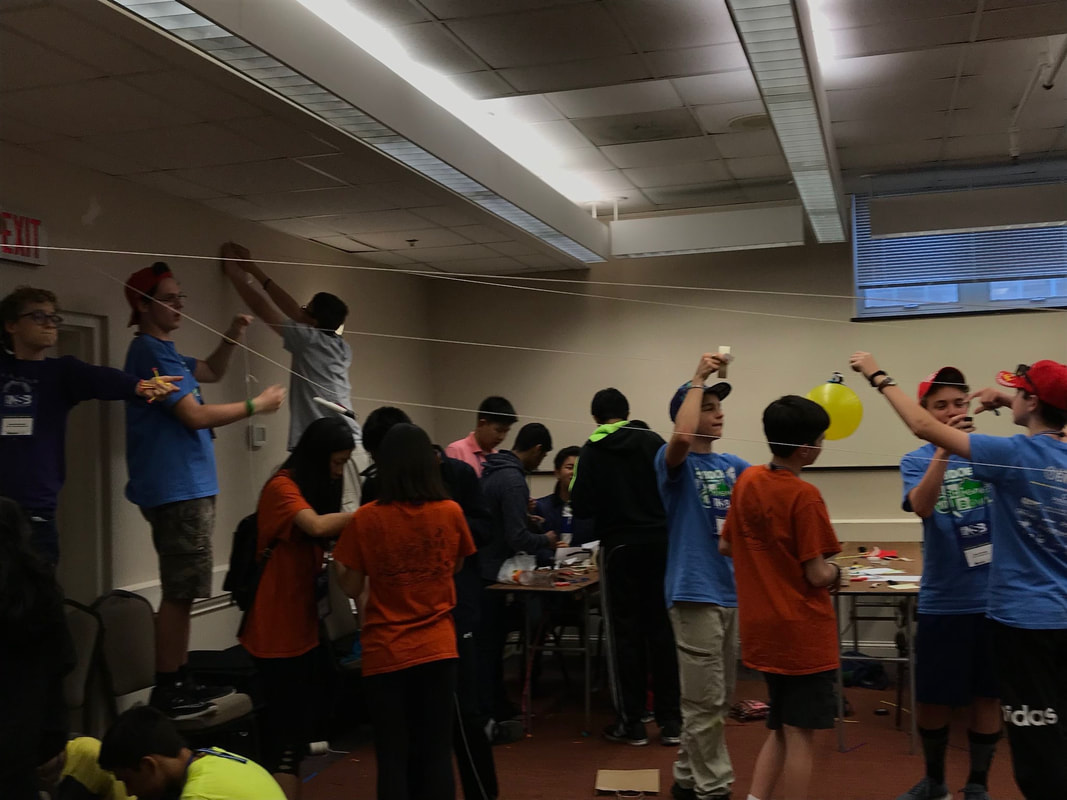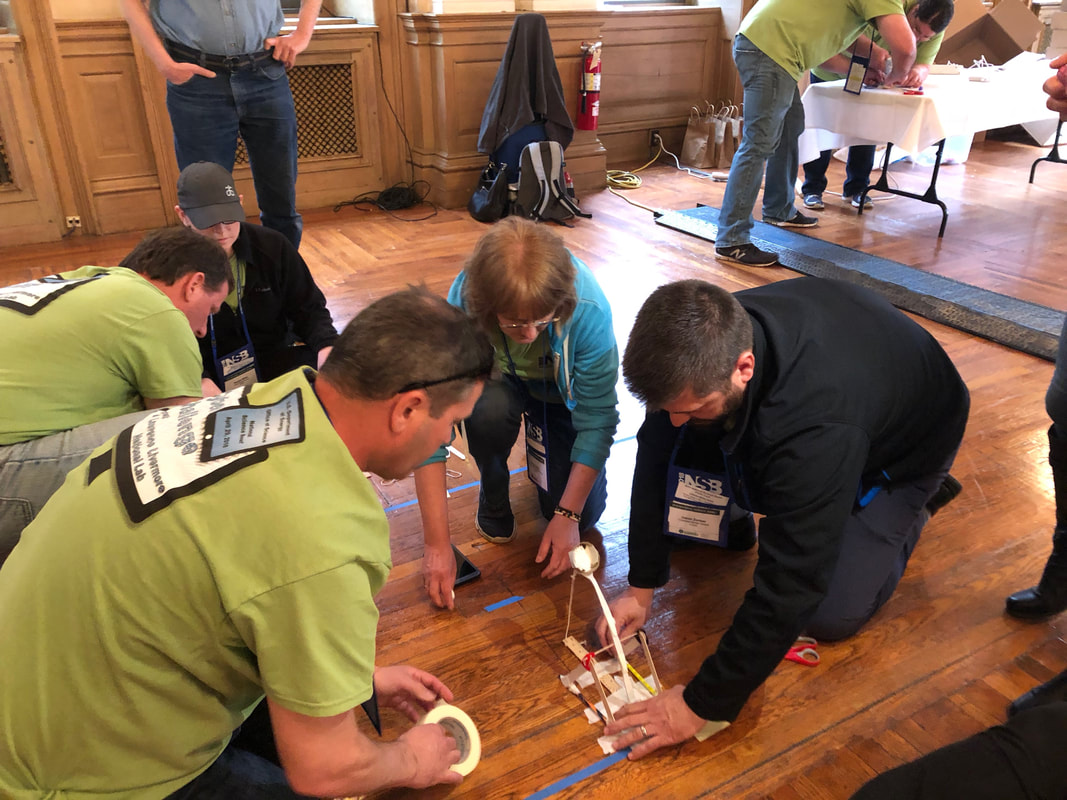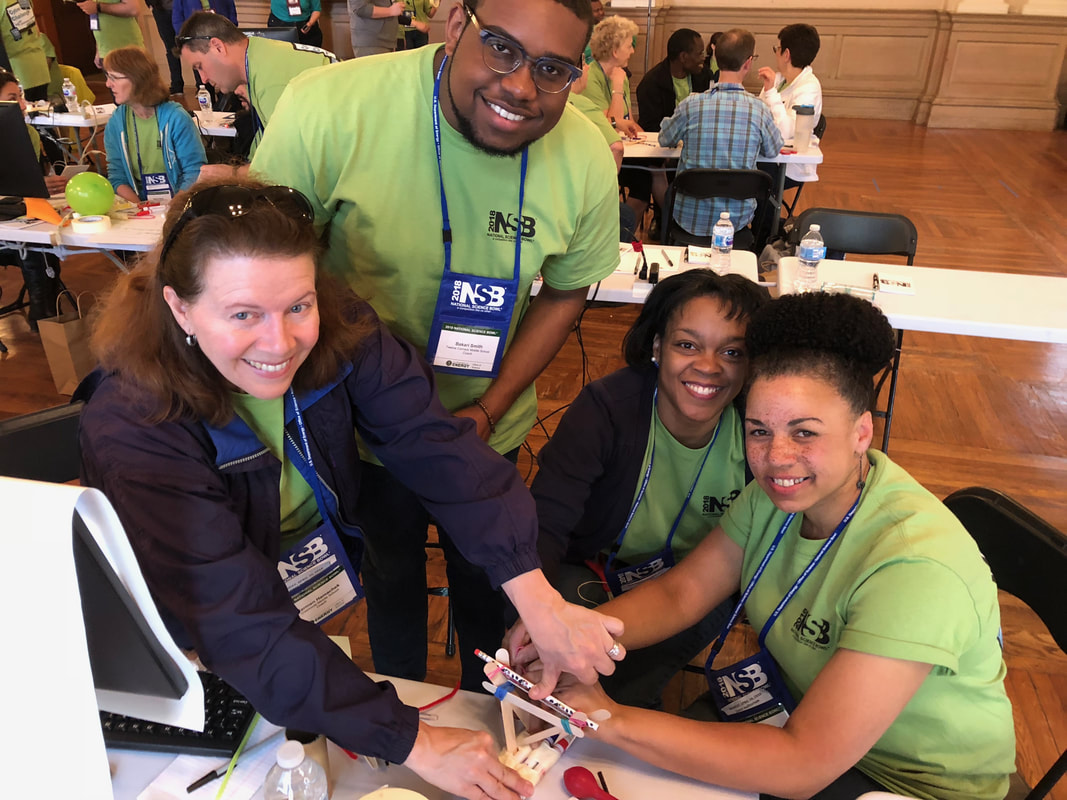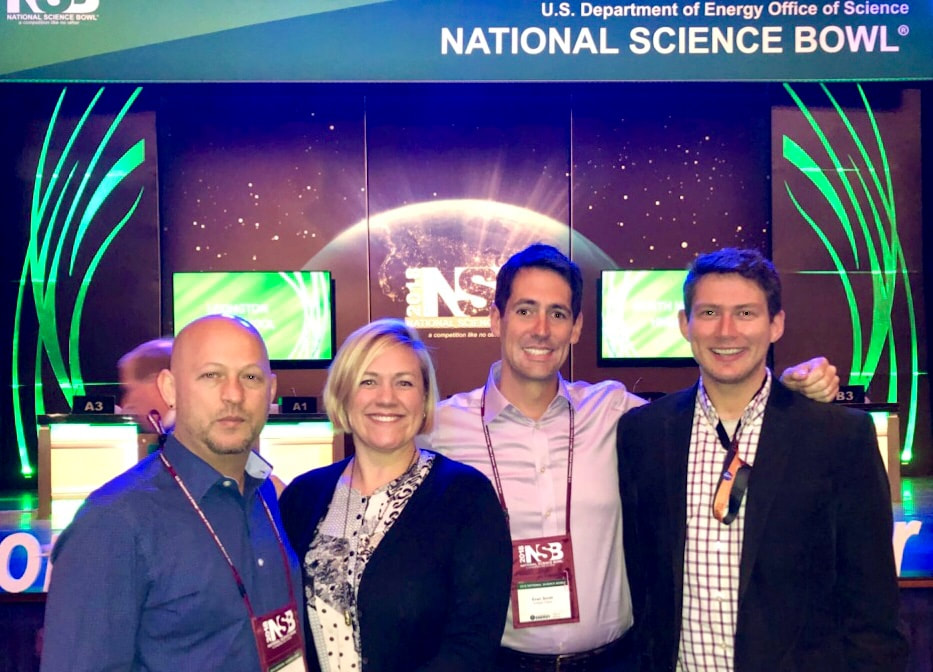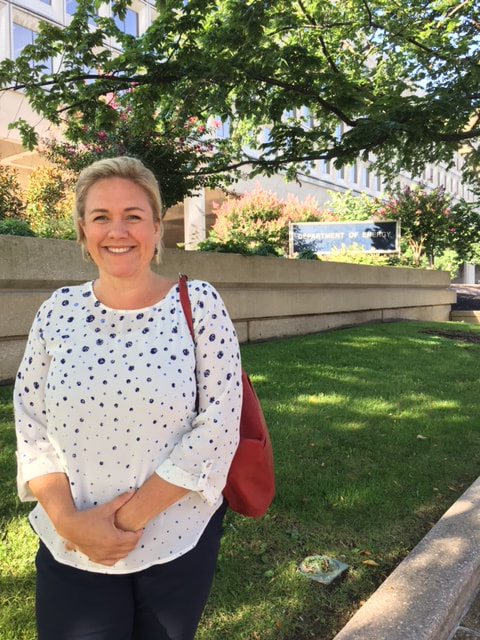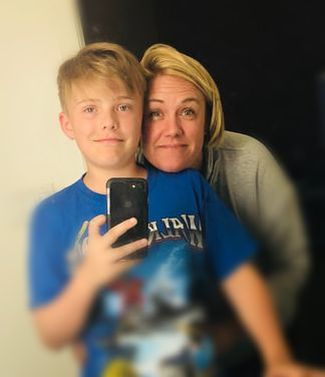 The kid and I. The kid and I. When I first applied to be an Einstein Fellow, I was open to the prospect of a Capital Hill placement. However during the interview weekend (February 2017) I learned more about the requirements of being in a congressional office and realized that the time commitment wouldn’t work with my family situation. Since my husband travels 100% for his job and we have a early-adolescent son, I knew I needed the flexibility to arrive to work early and leave early enough in the evening to get home, make dinner, help with homework and drive to sports practices. It wouldn’t be fair to my son and it would be hard on me to to be in Washington D.C. without a support network to lean on when I needed to manage our busy (sometimes competing) schedules. A congressional office placement couldn’t provide the flexibility I knew I would need. Luckily, at the interview weekend I was asked if I would be interested in a placement within the Office of Science in the Workforce Development for Teachers and Scientists (WDTS). Obviously I said yes, and was awarded the fellowship! I am so grateful for being placed in this office as it has allowed me the opportunity to develop my knowledge in both the scientific and policy realms while having the flexibility to focus on my #1 priority of being a good mom to my kid. 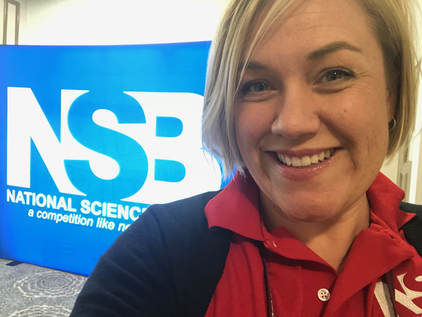 Within the WDTS team, a focus of my duties has been assisting with the National Science Bowl. I didn’t know much about the National Science Bowl when I accepted the fellowship and as such it was a quick and steep learning curve for me. The program is run by an incredibly dedicated and organized federal employee who has help from a loyal team of regional coordinators, alumni and volunteers. My role as a fellow was to help as needed and not get in the way! In the fall, I was tasked with looking for ideas to enhance the National and Regional Science Bowl programs and websites by researching other academic competitions. I explored the websites of twenty academic competitions and compiled a report on the features of the other academic competitions that I found to be especially engaging, helpful or interesting. They were not true suggestions or recommendations, as I am not privy to all of the restrictions placed upon a federally funded program or limitations on website development and hosting. However, perhaps the features I suggested can serve as inspiration in future website development or program design changes. I also reviewed questions for the regional competitions and the national finals. A team of subject-matter-expert question writers submits questions, which are then reviewed and reviewed and reviewed and reviewed again to ensure content accuracy and format conventions. I focused on the middle school life and physical science questions and the high school biology and chemistry questions. It was tedious but also an incredible learning opportunity. I often found myself exploring academic tangents, getting deeper and deeper into a web of facts, structures, functions, reactions and equations. It was awesome! At no other time in my life have I had the opportunity to just sit and learn more about the classification of aseptate fungi or the standard-state free energy of formation calculations! I had other tasks for Science Bowl, including the development of a Snap Chat filter, updating the National Science Bowl Facebook page with review questions and relevant news articles, proofreading team biographies and assisting with the packing and organizing of materials. I also updated some of the Powerpoint presentations and assisted with volunteer recruitment for the national finals. Shout out to my fellow fellows (!) David, Michael, Evan and Jennifer for making time in your schedules to volunteer! Leading up to the National Science Bowl finals, there were over one-hundred regional science bowl competitions around the country. I was able to attend three of the regional events: The Maryland/DC high school regional, the Maryland/DC middle school regional and the Brookhaven National Laboratory Regional High School Science Bowl. The student participants were really fun to spend the day with; often crazy-smart kids who have found like-minded friends through academic competitions. The game-play, strategy, pace and intensity of the competition was fun to observe. The National Science Bowl finals were at the end of April. The winning middle and high school teams from each of the regional competitions flew to DC to spend Thursday through Monday touring, learning, laughing and of course, competing! On Thursday I had the pleasure of spending a full, long day greeting teams at the Reagan airport; it was fun to meet kids and teachers from all over the United States and territories. Teams from as close as Maryland and as far as Alaska were arriving at the airport. On Friday, while the middle school teams were exploring the National Mall, the high school students were participating in the “High School Science Day” which was a series of speakers and breakout sessions with a focus on cyber security. Secretary Perry spoke with the students and encouraged their continued education and eventual career path in STEM fields. He created an analogy between the competition of the National Science Bowl and the competition the United States is in with other countries. OK. On Friday afternoon I assisted with the high school Division Team Challenge activities. Teams of high school students complete hands-on competitive tasks. The scores earned in the challenges will serve as tie-breakers at the end of the round robin rounds, if necessary. I had worked with Jeff Dilks, former Einstein Fellow, to prepare the tasks and it was fun to see them in action. This year the tasks involved determining the efficiency of a bouncy ball rocket, estimating thread counts using wavelengths and optics, determining the coefficient of restitution between dropped balls and different floor types and estimating the pressure developed in a potato gun before it is shot. It was clear that some teams were overwhelmed with the challenges and didn’t know where to start, whereas other teams knew immediately how to begin addressing the problem. Saturday, while the high school teams had their time at the National Mall, the middle school students were having their academic competition. I served as a “timer” during the round robin rounds, ensuring that the toss-up questions were answered within the five second limit and that the bonus questions were answered within the twenty second limit. I was responsible for planning and leading sessions for the middle school students on Saturday afternoon. After being eliminated from the competition, the student teams participated in a "Middle School Enhancement Activity." Knowing that the kids would be physically and intellectually exhausted, I created an engineering challenge for the student in which they had to design a "Wacky Monster Transporter." It was chaotic and fun for the students and I! On Sunday I was responsible for planning and leading sessions for the middle school coaches while the students were participating in a Cyber Challenge. It was great to be working with "my people" (other teachers) and to again be facilitating a professional development session. The coaches were receptive to engaging in an engineering design challenge - designing a catapult to fling a marshmallow. As is typical with design challenges, the teachers had grand plans for how far the marshmallows would move, and the reactions when we measured distances in centimeters rather than meters led to a great laugh. Here's a link to a Padelet with team photos and marshmallow flinging distances. Middle School Coaches at building marshmallow launching catapults! The final round competitions were the culmination of a lot of hard work by a lot of people. The pomp and circumstance of the event is justified, as the student competitors certainly do represent some of the brightest, quickest intellects in our nation. It was a pleasure to have played my little part in the Science Bowl this year and I hope to remain part of the science bowl family for years to come.
|
Archives
July 2018
|
I give many of my IB Biology resources away, for the benefit of students and teachers around the world.
If you've found the materials helpful, please consider making a contribution of any amount
to this Earthwatch Expedition Fund.
Did I forget something? Know of a mistake? Have a suggestion? Let me know by emailing me here.
Before using any of the files available on this site,
please familiarize yourself with the Creative Commons Attribution License.
It prohibits the use of any material on this site for commercial purposes of any kind.
If you've found the materials helpful, please consider making a contribution of any amount
to this Earthwatch Expedition Fund.
Did I forget something? Know of a mistake? Have a suggestion? Let me know by emailing me here.
Before using any of the files available on this site,
please familiarize yourself with the Creative Commons Attribution License.
It prohibits the use of any material on this site for commercial purposes of any kind.
